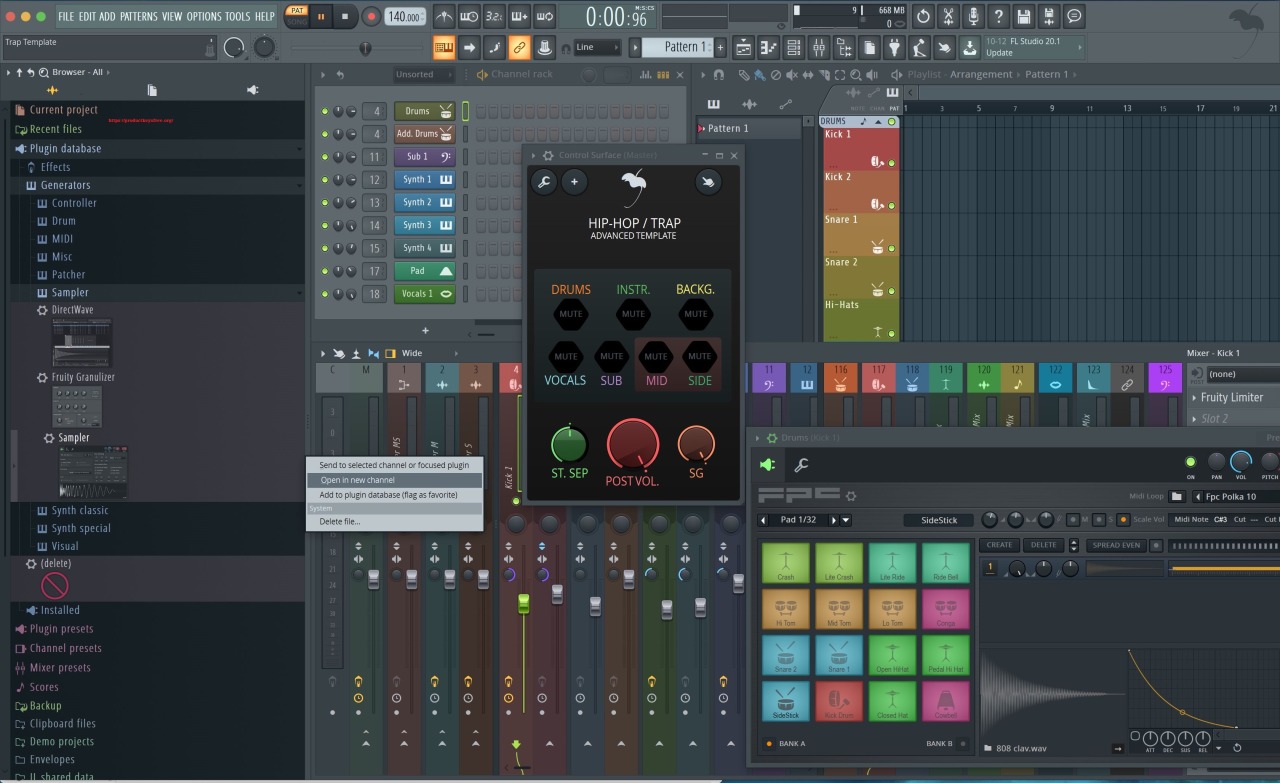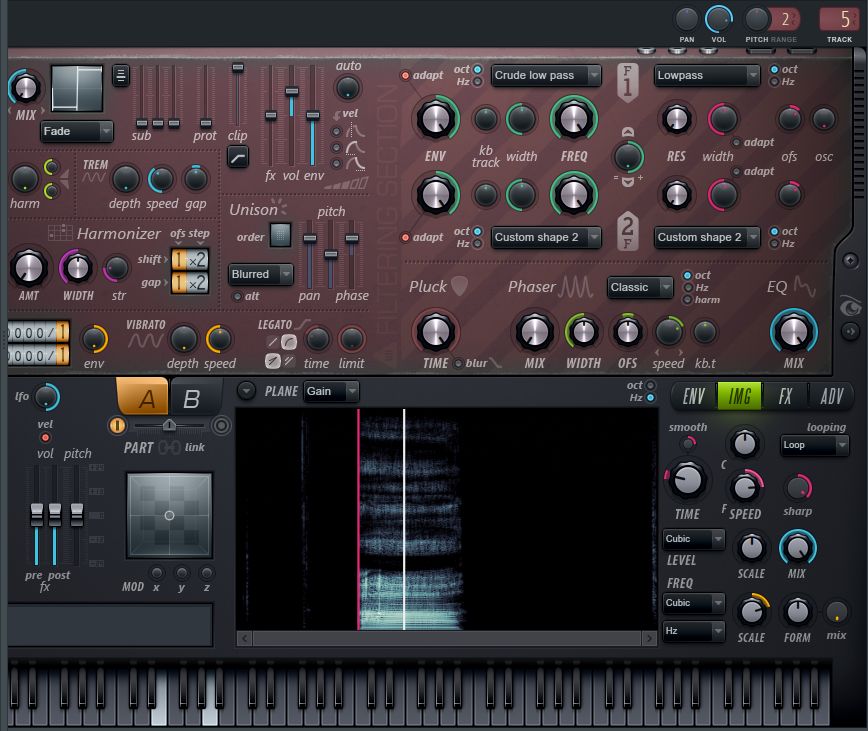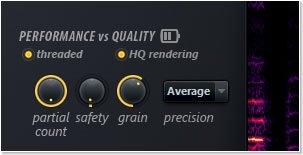
The Frequency Scale parameter enables you to determine how much pixel brightness affects the pitch. You can control the speed, mix, loop and position in time. You can invert an image, flip it, or even edit it in Paint from within the instrument.Īs with audio files, the image file is scanned from left-to-right when you play and hold a note. Once imported, there are a number of options. You can import loads of file types, including JPEG, PNG and BMP (not TIFFs, though). Image-Line itself has trodden this path before, and with good results. There can be few among us who haven't heard the story of how IDM hero Richard D James converted a pic of his own mug into a spooky, spectral sonogram for the classic Aphex Twin track Windowpane. The idea of analysing a photograph or other image and converting it into sound is hardly new. Its resynthesis engine is among the best we've encountered (witness the piano patches) and the image conversion feature makes for some instantly gratifying weirdness.
#FL STUDIO HARMOR DLL SOFTWARE#
Image-Line has created a synth that will leave no doubt in the minds of software naysayers.Īnd talk about an all-rounder! The instruments excels at crystalline digital timbres, but is utterly convincing as an analogue synth, too. So, how does Harmor sound? In a word, magnificent. There's also an awesome Strum function that does what its name suggests but turns out to be excellent for wind-chimes and other clangorous patches as well. There is an EQ and a nifty visual feedback panel that can help get an idea of what's going on under the hood, too. Effects can be re-ordered on the Adv(anced) page. There are loads of effects, for a start, including reverb, delay, distortion, chorus and compression. However, we should point out that Harmor also has a host of more traditional features on offer.

We simply haven't got the space to describe every parameter in detail.

This seems an obvious task for an additive resynthesiser, and we're glad to see it taking its place here.And the rest Of special note is Harmor's ability to analyse audio and create an envelope based onthat analysis.

As you'd expect, stages can be locked to project tempo. They are powerful enough that they double as sequencer and arpeggiator as well as a standard envelope. These are the massive multistage envelopes also seen on Image-Line's Sytrus, and they can be applied to virtually any parameter that matters. The envelopes and LFOs share the same display and features. Harmor's envelopes play a significant role in its ability to produce sounds of stunning complexity. Setting short times garners sounds similar to synth legend Don Buchla's low-pass gate, making it easy to get your bongo on, if you are so inclined. The latter deserves special mention: it functions as a fast-decay low-pass filter envelope to simulate plucked strings. The filters are joined by Phaser and Pluck sections. Since the perception of an additive tone relies somuch on the fundamental, there is a Prot(ection) slider in the Timbre section that ensures the lowest frequencies squeak through unharmed. You canchoose from the usual filter mode suspects, with the addition ofCustom Shapes these are defined inthe ENV(elope) display and are drawn in just like the additive waves. Harmor sports a dual-filter configuration thatincludes allof the normal goodies. Both have the effect of thickening the sound in some way, or creating dissonant timbres.Īnother thickener comes in the form of a sub-harmonic generator, which is used to add bass and depth.

The former simply shifts the positions of the partials, making them inharmonic while the latter replicates and transposes harmonics. Examples of these new paradigms include the Prism and Harmonizer sections. Harmor includes many ways to tweak your waveform, and some of them might be unfamiliar.
#FL STUDIO HARMOR DLL PATCH#
It should be noted that each patch can consist of two complete and individual patches that are stacked or dynamically mixed. Up to 520 partials may be present in any waveform. You can draw directly in this window and import single-cycle waves, audio files or images to create your own waveforms. However, those waveforms are generated by additive means, and displayed in the Env window. There are, for instance, selectable oscillator waveforms - a pair per 'Timbre' - that can be mixed as you see fit. Even typically subtractive elements like the filter are achieved via additive technology. The developer positions Harmor as an 'additive/subtractive' synthesiser, but there's no doubt that the emphasis is on the former. Format-wise, it's aVSTi and FL Studio plug-in. With its charcoal and plum shadings, its look is also unmistakably Image-Line.


 0 kommentar(er)
0 kommentar(er)
